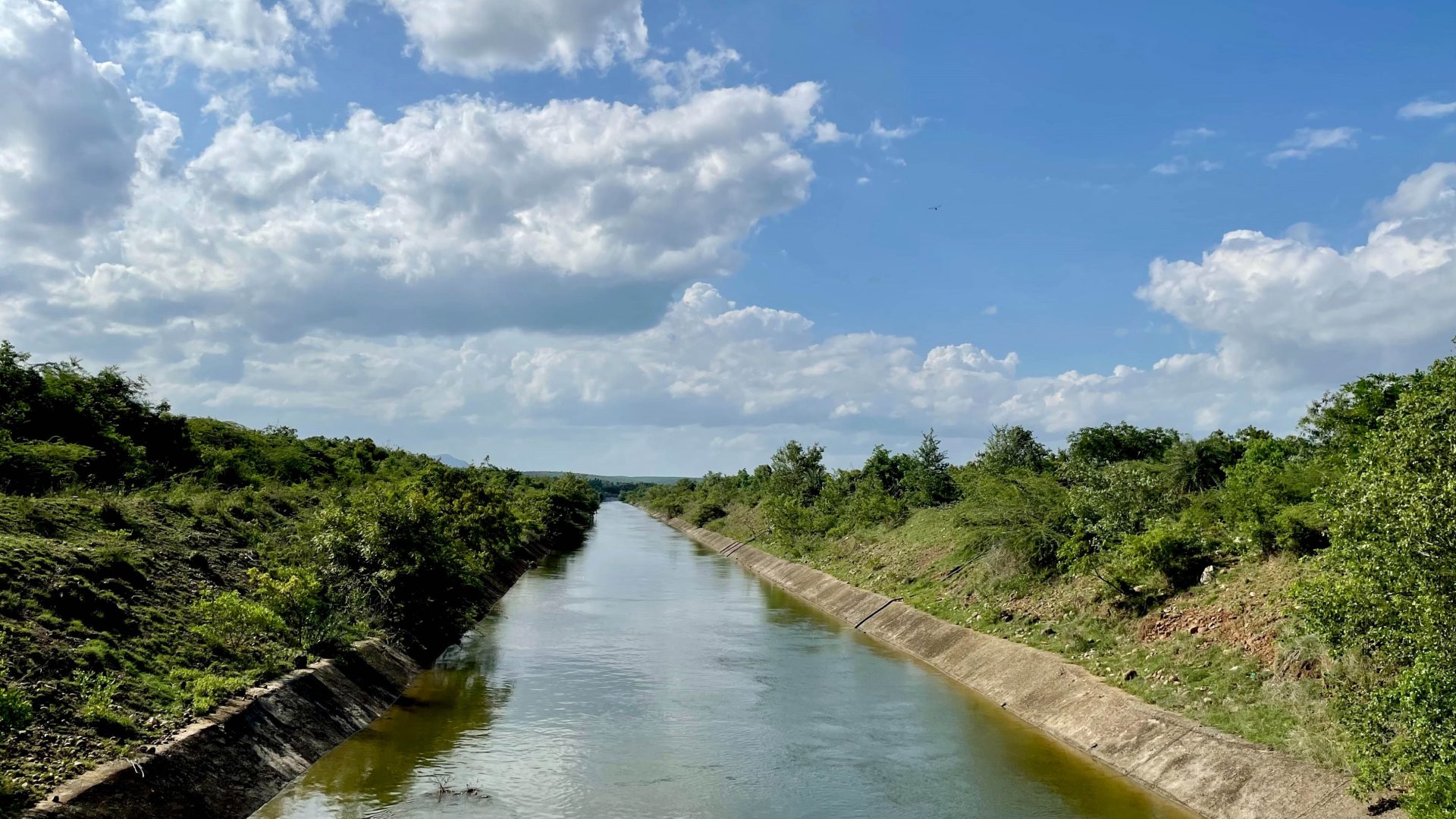The water crisis has been cited by the World Economic Forum as one of the main threats to the planet. We cannot afford to lose up to 350 billion litres of freshwater per day solely through leaks in supply networks.
The pressure on this resource is mounting constantly with the UN reporting that water demand is expected to grow by up to 55% between now and 2050. It has also stated that 40% of the world’s population (3.9 billion people) will experience water stress.
The report focuses on the inefficient management of water resources in many countries as a major driver of “environmental degradation, including depletion of aquifers, reduction of river flows, degradation of wildlife habitats and pollution.”
Therefore, water planning, understood as the basic tool to correctly manage and allocate available water resources, is increasingly taking a central role to tackle these challenges, with the help of new technological solutions, according to Idrica. The World Bank advocates the use of technology to strengthen water security, highlighting that it is necessary to explore investments in innovative technologies to enhance productivity, and conserve and protect resources. It has already identified resource monitoring information systems as a technology that is gaining traction.
Six water planning trends
Demographics, population and climate change are increasingly prompting the implementation of initiatives that lead to more sustainable use of water resources. Along these lines, Idrica highlights six areas that are driving the efficient management of water resources through sound water planning:
1. Efficient aquifer monitoring and management. According to the UNESCO, groundwater accounts for 99% of all liquid freshwater on Earth. Of this, 25% of all water withdrawn is used for irrigation, while half of the volume of water used for domestic purposes also comes from groundwater.
Therefore, aquifers are a key resource that is currently being tapped in many parts of the world, although growing pressure on these aquifers places them at risk of overexploitation. Moreover, in many cases, there is insufficient knowledge of the available resources and a notorious lack of networks to monitor them.
“Sustainable and efficient resource management requires control systems based on comprehensive sensor networks”, said Miren Aldecoa, Operations PMO at Idrica. These provide real-time information on the major levels and quality parameters of the water bodies, also enabling their integration with surface water control systems, where both types of resources are jointly managed.
2. Increasing distribution system efficiency. According to Idrica, this is an effective driver in achieving other objectives: better performing distribution systems bring greater resource availability, enhancing water security and making it more accessible, thus cutting the distribution and treatment costs of the water supplied.
3. Reuse. In a world of diminishing water resources, we must turn our attention to the potential of water reuse as an alternative. The advantages of this approach are obvious: adding value to water treatment and purification processes (promoting the circular economy in the entire water cycle), reducing the water and carbon footprint of many of our activities, and improving the water security of uses where recycled resources are a feasible option. “Here the challenge is twofold: to ensure not only the quantity but also the quality of the effluent to be reused,” said Miren Aldecoa.
4. Use of non-conventional resources. Undoubtedly, the use of non-conventional resources (particularly desalination, given its importance) has become a necessary trend in water planning.
Its major handicap, i.e., high implementation and operating costs, can be mitigated by the use, once again, of technology. “The use of machine learning techniques and digital twins in plants, combined with automatic and operation support systems, applied to the huge flow of data provided by operating plants, has huge potential, pointed out the Idrica expert.
5. Information systems for water weather forecasts and warnings. The management of extreme events, such as droughts and floods, is a fundamental part of water planning processes. According to Idrica, “the effective use of historical and real-time information and its analysis using conventional water analysis techniques, approaches based on the use of data science tools, or a combination of both is key to improving decision-making in challenging environments to conserve and protect resources.”
6. Citizen information systems. Technological advances provide access to tools that supply information to users quickly and directly. The availability of data on consumption and savings obtained through the application of specific measures such as gamification, together with basic information on available resources (reservoir levels, etc.), is a complementary tool to more traditional planning measures.
These trends are part of the water management transformation analysis presented by Idrica in its latest report “Water Technology Trends 2023: the impact of innovation in the water sector”, together with early warning systems, security, water reuse, and process automation and optimization.



